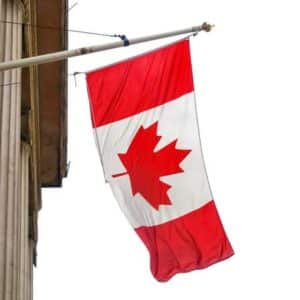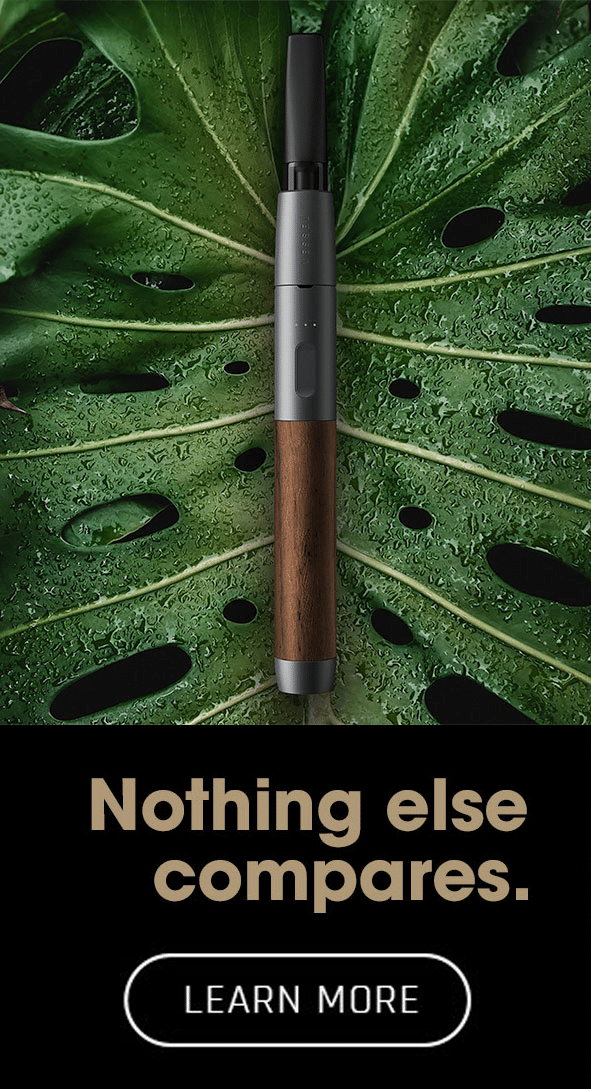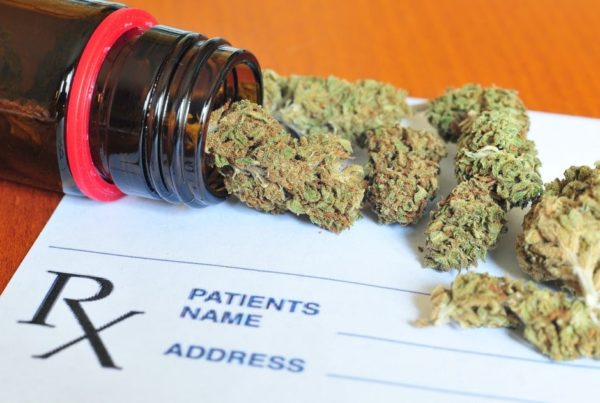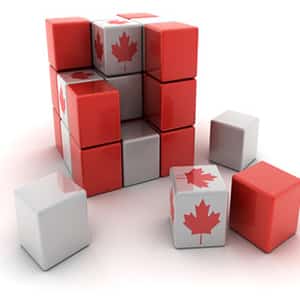
In an article highlighting tips for US companies looking to enter Canada’s medical marijuana market, Quantum 9 CEO Michael Mayes shared suggestions for businesses.
Starting with knowing the laws, Mayes pointed out the importance of knowing the local laws in addition to national laws. He said that as Quantum 9 expanded into Canada, there were many local laws they were unaware of, including building codes and restrictions that required the facility design to be targeted towards the local regulations.
Mayes also suggested creating an SEO-rich, Canada-specific section of your website. Quantum 9 expanded their website after realizing a need for consulting in Canada. Mayes said the Search Engine Optimization helped grow their customer base.
Finally, Mayes suggested paying special attention to currency issues. In proposals, you must be very clear as to whether you’re referring to Canadian dollars or US dollars, and keep a close eye on the exchange rate. Mayes said that it might not seem like a big difference, but when entering a multi-million dollar deal, it becomes an issue of value.
Canada opened it’s medical marijuana free market in October, phasing out an older system that mostly relied on small-scale, homegrown medical marijuana. In it’s place, large indoor farms certified by the Royal Canadian Mounted Police and health inspectors will produce, package and distribute standardized marijuana, sold at a price the market will bear.
As of April 1, 2014, the only way to obtain medical marijuana will be through producers approved by Health Canada. Home grown marijuana will be banned, as producers will be required to have air filters, surveillance cameras, alarm systems, 24-hour security, and a host of sanitary practices to ensure their medicine is clean. Cannabis will be tested and all pesticides must be government-approved. Growing outdoors is illegal.
Health Canada has placed no limits on the number of facilities, but while patients may have more producer options, but they can only choose one facility at any time. Those wishing to switch between growers will need to obtain a new authorization from their health care practitioner. The flip side to this is that patients are no longer required to register with the government.
Interestingly, the import and export of marijuana will be allowed with appropriate permits. In addition, medical cannabis producers may sell and ship pot to dealers, to other producers, or directly to patients. Michigan-based nutritional supplement company Creative Edge Nutrition, has been approved to grow, distribute, import and export medicinal marijuana and plant seeds through its Canadian subsidiary CEN Biotech. They are the first U.S. company to do so.
The profit potential is huge. Prices are expected to be around $7.60 a gram, down from $10 on the street. But as patients use several grams a day and are no longer able to grow it themselves, the opportunity is significant. In fact, federal projections for the industry are $1.3 billion a year by 2024. Health Canada predicts that there will be half a million medicinal users by then, though with ease of access and assurance of consistency, some say it could be reached in two.








CEN Biotech has not been approved to grow, distribute, import and export medical marijuana or plant seeds yet. Also, does anyone know the specific guidelines for a company without a license to import from other countries and distribute to Health Canada?
I thought HC regulations allowed for LP’s to import starting materials such as seeds and cuttings only.
You can also get starting material from other LPs.